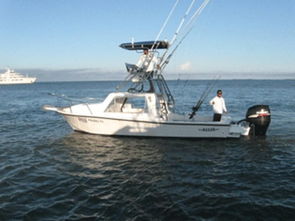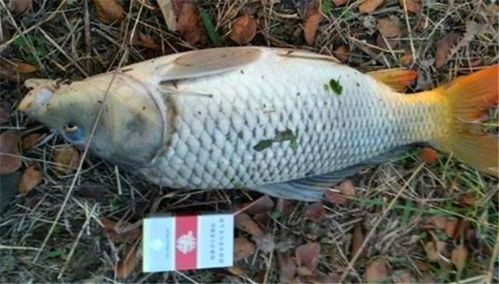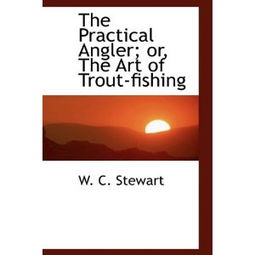Content:
Learning the art of line management is a crucial skill for any angler looking to improve their fishing experience. Whether you're a beginner or an experienced angler, mastering the techniques of line handling can significantly enhance your chances of catching more fish. In this article, we'll delve into the essential tips for learning angling line techniques, ensuring that you're equipped with the knowledge to tackle any fishing situation with confidence.
Understanding the Basics of Angling Line
Before diving into the specifics of line management, it's important to understand the basics of angling line. There are several types of fishing lines available, each with its own unique properties and uses:
- Monofilament: This is the most common type of fishing line and is known for its flexibility and stretch. It's ideal for casting and works well in a variety of fishing environments.
- Fluorocarbon: This line is less visible in water, making it a great choice for targeting fish that are easily spooked by line movement.
- Braided Line: Known for its strength and sensitivity, braided line is often used for heavy-duty fishing, such as catching large game fish.
- Leaders: These are shorter sections of line that are attached to the main line and are used to protect the main line from abrasion and to match the fishing environment.
Choosing the Right Line for Your Needs
The first step in learning line management is to choose the right line for your fishing needs. Consider the following factors when selecting your line:
- Fish Species: Different fish species may require different types of line. For example, monofilament is often used for freshwater species, while braided line is better suited for saltwater fishing.
- Fishing Environment: Consider the type of water you'll be fishing in, such as clear lakes, murky rivers, or the ocean. This will help you determine the visibility of the line to the fish.
- Line Strength: The strength of your line should match the size of the fish you're targeting. A line that's too weak will break, while a line that's too strong may be difficult to cast and could spook the fish.
Essential Line Management Techniques
Once you've chosen the right line, it's time to learn the essential techniques for managing it effectively:
- Reeling In: When reeling in your line, use a steady and consistent pace. Avoid reeling too fast, as this can cause the line to tangle or the fish to become stressed.
- Casting: Practice your casting technique to ensure you're casting with the right amount of force and accuracy. There are various casting techniques, such as the overhead cast, sidearm cast, and roll cast, each suited for different situations.
- Tightening Lines: When you feel a fish on the line, tighten it gradually to avoid breaking the line or causing the fish to escape. Use a combination of hand pressure and the reel's drag to control the tension.
- Handling Line Tangles: Tangled lines can be a nuisance and can lead to lost fish. Learn to recognize and fix common tangles, such as the snake knot or the Palomar knot, to keep your line in good condition.
- Line Maintenance: Regularly inspect your line for signs of wear and tear. Replace the line if it's frayed, brittle, or has become damaged in any way.
Advanced Line Management Tips

For those looking to take their line management to the next level, consider the following advanced tips:
- Line Weight: Adjust the weight of your line based on the fish you're targeting. Heavier lines can handle larger fish and heavier lures, while lighter lines are more sensitive and can be used for more delicate presentations.
- Line Length: The length of your line can affect your casting distance and the way the fish perceives your lure. Experiment with different line lengths to find what works best for your fishing style.
- Line Color: The color of your line can impact your fishing success. Lighter colors may be less visible to fish, while darker colors can be more effective in murky water.
Conclusion
Learning the art of line management is an essential part of becoming a skilled angler. By understanding the basics of angling line, choosing the right line for your needs, and mastering essential line management techniques, you'll be well on your way to enjoying more successful fishing trips. Remember to practice regularly, stay patient, and always be willing to learn new techniques to enhance your angling skills. With time and dedication, you'll become a confident and proficient angler, ready to tackle any fishing situation with ease.












